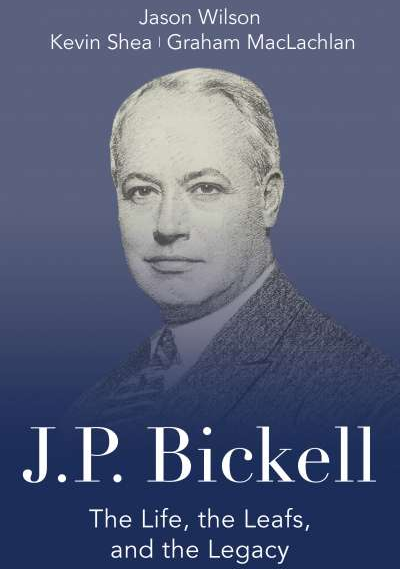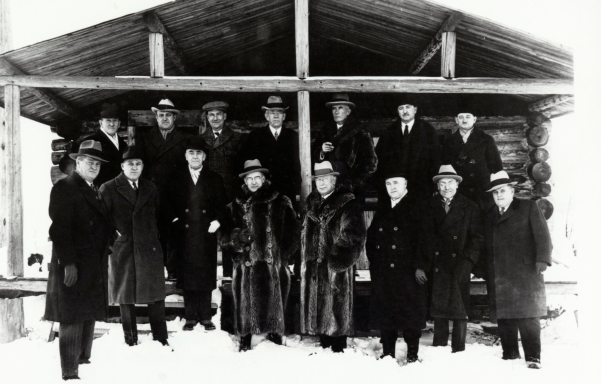The year was 1973. No sooner had Teck Resources transplanted its HQ to Vancouver than British Columbia premier W.A.C. Bennett’s 20-year reign fell to defeat at NDP hands. Resource nationalism proved to be one of new premier Dave Barrett’s earliest enthusiasms. But the guy who bragged about his commitment to doing “what was needed and right” showed a peculiar modus operandi.
That’s just one of the stories related by Norman B. Keevil in a history of Teck to be released next week, Never Rest on your Ores: Building a Mining Company, One Stone at a Time. Keevil relates that on summoning him and Bob Hallbauer into the premier’s Victoria office, Barrett’s first words were, “I want your coal.”
Interest had been growing in northeastern B.C.’s deposits, among them Teck’s Sukunka. “Well, at least he did call it our coal,” Keevil notes. “That would become questionable as the situation evolved.” The duo declined but Barrett wouldn’t give up. He kept calling them back to Victoria on an almost weekly basis.
























